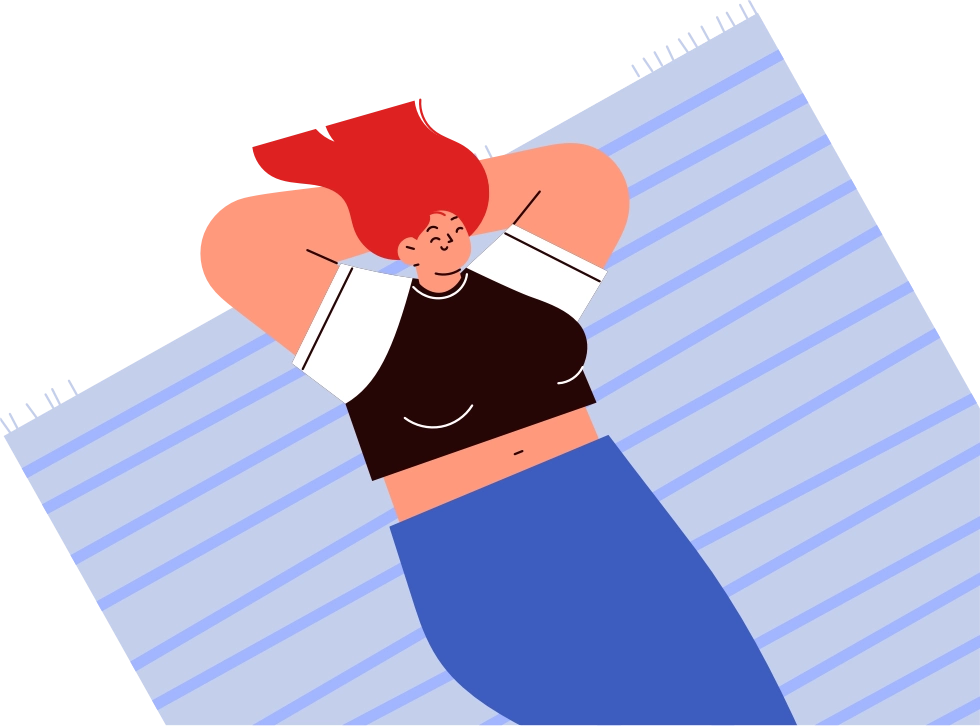Worry can actually be a helpful function in our lives. When we worry about uncertain situations (e.g. schools exams, competing at sports events, performing in a band) it can lead us to positive problem- solving behaviour. Worry is a way for your brain to handle problems in order to keep us safe.
However, worry is helpful only if it leads to change, not if it turns into obsessive thoughts. Worry becomes unhelpful when it is about a number of things, is very frequent, and is difficult to control or dismiss.
Prolonged or frequent worry generates more anxiety and more worry, which may actually prevent positive thinking and action.




